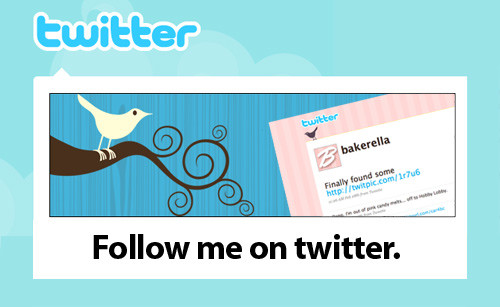Twitter for dummies
On the 26th November of 2008, I created a profile on Twitter. I was working in a mobile micro-payment company, and I thought it would be a good idea to recruit clients from as many social media platforms as possible. Well, that was an idea, because one week later I had not logged back in (luckily, I almost always put similar passwords on everything, and I remembered it and logged in) (Never use the same password for everything, it can obviously be similar, but change some numbers or letters so that if they find one password, it will not be so easy for them to enter the rest of them).
So, what was to come... I knew that Twitter existed, but I had never come to figure out how it worked. Well, like everything, we can always learn more, but in this post I am going to group together the few notions that I have been figuring out during this week, and explain them to you. The social media platform of micro-blogging! How great does that sound..!

The basic idea is:
- What you write are called "Tweets". These can only be 140 characters or less.
- The best thing for you to do, if you want your Twitter to be good, is to follow various other profiles so that you have who you want to follow, and so that other users can easily decide whether to follow you because they might be interested in the subjects you are following.
- Watch out, though: Everything, I repeat, everything, is public. That is to say that, anyone can access this content, even if you don't follow them or vice versa (there is an option for a private profile, but it does not work very well).
- The number of "friends" you have is not like Facebook. That is to say, for anyone to request a friendship with you, all they have to do is click and they are then your follower.
- RT (Retweet): You could compare this element to Facebook. When you read a tweet that you like, or seems interesting, you can RT it and it will be published by you, with a mention of who originally published it.
- "@"... To put the "@" in front of someone's username is a way of answering a question or maintaining a conversation with someone. They know it is directed at them when you mention them with this "@+username"
- It is not the same to start your tweet with "@+username" as it is to write the message and then mention "@+username". In the first example, the message will be seen by the person it is addressed to, those who follow you and those who follow them (although, in theory it is a conversation between the two of you). However, in the second case, it's just a mention of someone, and everyone will see it. For example: a Tweet saying: "@Erasmusu what day is the...? " - this would be a direct question to them which can be answered by anyone, but it is directly for them. Secondly: a Tweet saying: "I am writing a post in @Erasmusu... " - in this case, it is simply a mention and anyone/everyone can see.
- #! When a tweet has a "#" in front of a word, it is called a hashtag. This is a way to label or classify your tweet into a topic category. For example, yesterday Erasmusu started a hashtag called "#whyErasmus". If you write a Tweet about what your motivations were to go on Erasmus and you add that hashtag in any part of the Tweet, it means that when someone does a search for tags, they can find the tweets well sorted into categories. A well-known hashtag on Twitter is "#FF", which means "#FollowFriday". It is a way of getting new followers.
- You can also send "DM"s... This is a "Direct Message" to someone and only that someone can see the message, it is private.
Finally, to make sure I haven't bored you too much, here is a photo of a FAILWHALE or a TWITTERWHALE:

This nice little symbol has become a pretty geeky one and it comes out on Twitter when the page is overloaded or they are doing some kind of update on it... I hope this was useful to you and not too boring!
PS: I forgot to add "TT" means "Trending Topic", i. e. a hashtag that is being talked about a lot...

Photo gallery
Content available in other languages
- Español: Twitter para dummies
Want to have your own Erasmus blog?
If you are experiencing living abroad, you're an avid traveller or want to promote the city where you live... create your own blog and share your adventures!
I want to create my Erasmus blog! →


















Comments (0 comments)